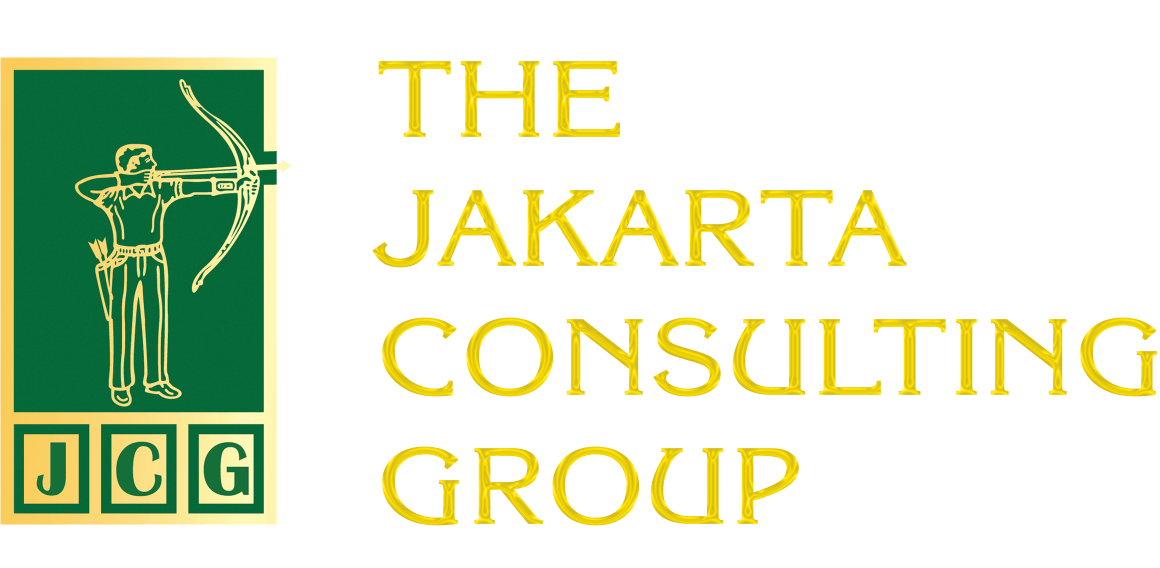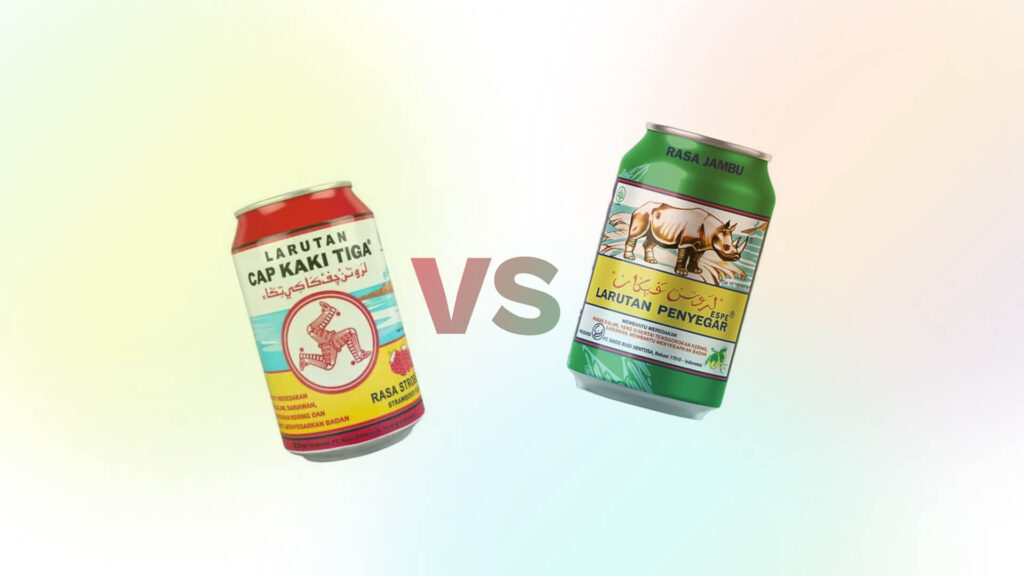The advertising battle between Cap Kaki Tiga and Cap Badak solutions is ongoing. This battle occurs on all fronts, including in the realm of law. The history of Cap Badak refreshing solution is actually related to the history of the brand that is currently its main enemy, Cap Kaki Tiga. In 1978, PT Sinde Budi received a license for the use of the Cap Kaki Tiga trademark from Wen Ken Drug Singapore. However, Wen Ken Drug Singapore later transferred the license to PT Kinocare Era Kosmetindo. Consequently, PT Sinde Budi may no longer sell the Cap Kaki Tiga brand. Instead, PT Sinde Budi issued a refreshing solution product under the Cap Badak brand.
Breaking up when like this is commonplace. Franchisees, licensees, or distributors who feel they have contributed to raising the brand certainly do not remain silent. If the product is easily copied, of course they will create a counter-brand. If the product is high-tech, they take the competitor’s product to raise.
Apparently in its development, Cap Badak was able to compete with Cap Kaki Tiga. However, Jony Yuwono from PT Sinde Budi said that the issue of changing the brand was not an easy one. To educate customers, according to Budi, his company took approximately a year. This effort, according to Budi, brought positive results. He drew this conclusion based on a survey, which revealed that people remember the image of a rhino more than the brand text.
After losing the right to use the Cap Kaki Tiga name, PT Sinde Budi’s decision to issue a new name and logo for its refreshing solution was a logical step. Although it can be said that it gave birth to a new brand, but the historical background and visual similarities and communication patterns applied, this strategy is more similar to rebranding.
Re-branding can be done to a name, logo, or slogan. The goal is to build a new identity to be implanted in the minds of customers, investors, suppliers, and also competitors. Rebranding can be done for new brands, established brands, or those still in the development stage.
There are many reasons behind re-branding. Mostly, to differentiate themselves from competing brands. The next reason is to erode a negative image. For example, Philip Morris Companies Inc. changed its name to Altria Group, Inc. The rebranded company owns Philip Morris USA, the tobacco products division that houses brands like Marlboro and Benson & Hedges. The aim was to overcome the negative connotation of tobacco products, which was feared to have a negative impact on other Philip Morris brands such as Kraft.
Another reason was to overcome the loss of market share. When Steve Jobs returned to Apple, he changed the name of Apple Computer to Apple. The goal was to be able to sell products other than computers, where competition was already fierce. It was proven later that Apple could sell iPods and iPhones which were a great success.
Mergers and acquisitions can also trigger re-branding. Usually, the acquiring company renames the acquired products so that they are consistent with the existing product line. For example, when it acquired Quaterback, Symantec, an antivirus manufacturer, renamed CleanSweep to Norton CleanSweep. Later, Symantec repositioned its entire product line by grouping its products into a collection called Norton SystemWork.
Whatever the reason, keep in mind that not all re-branding is successful. To be successful, product quality and a comprehensive understanding of the new brand’s target market must be prioritized. Apart from the marketing side, the human resource factor should not be neglected. Especially instilling employee enthusiasm for the re-branding efforts, whose ultimate goal is pride in the new brand.










